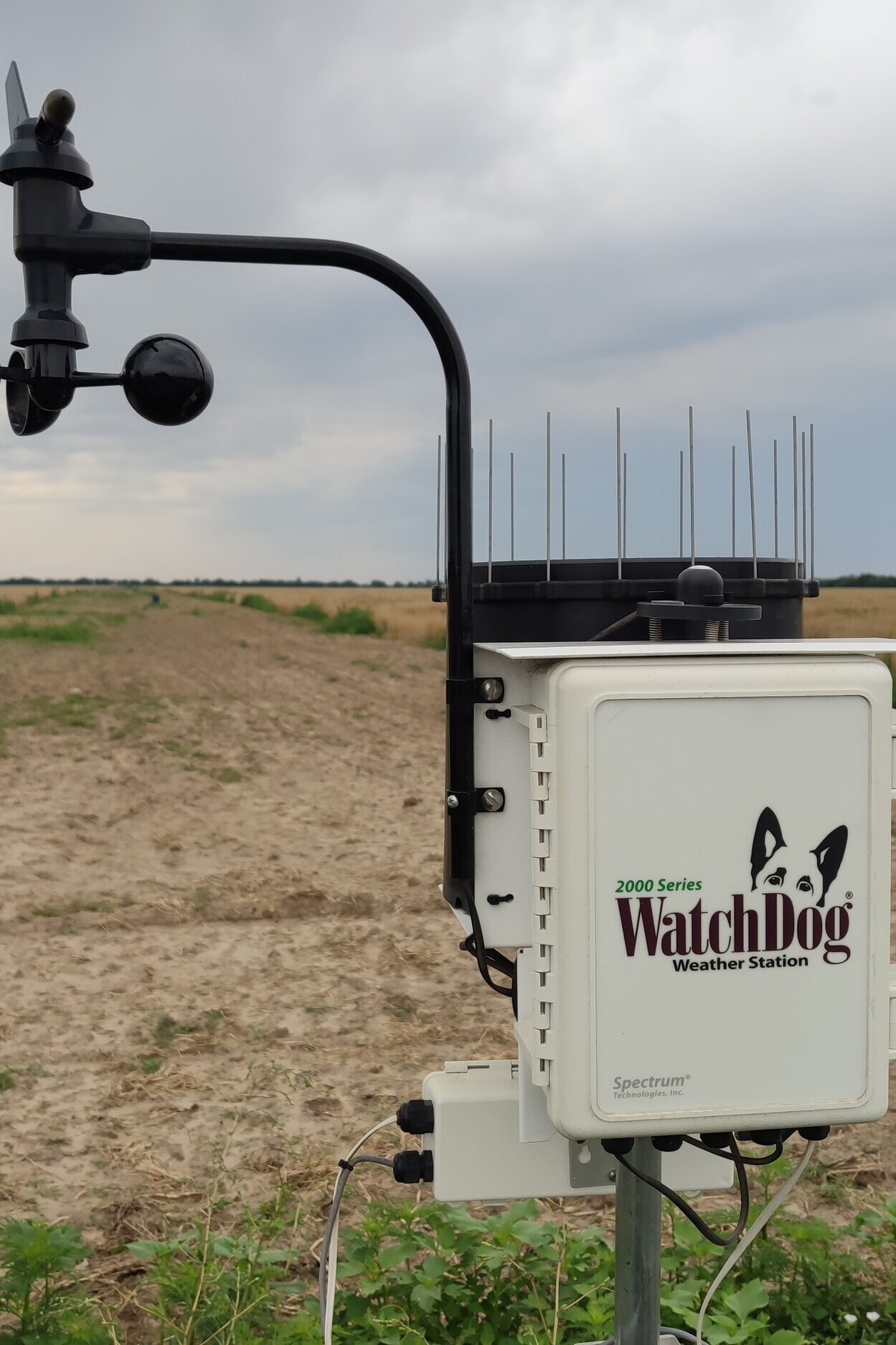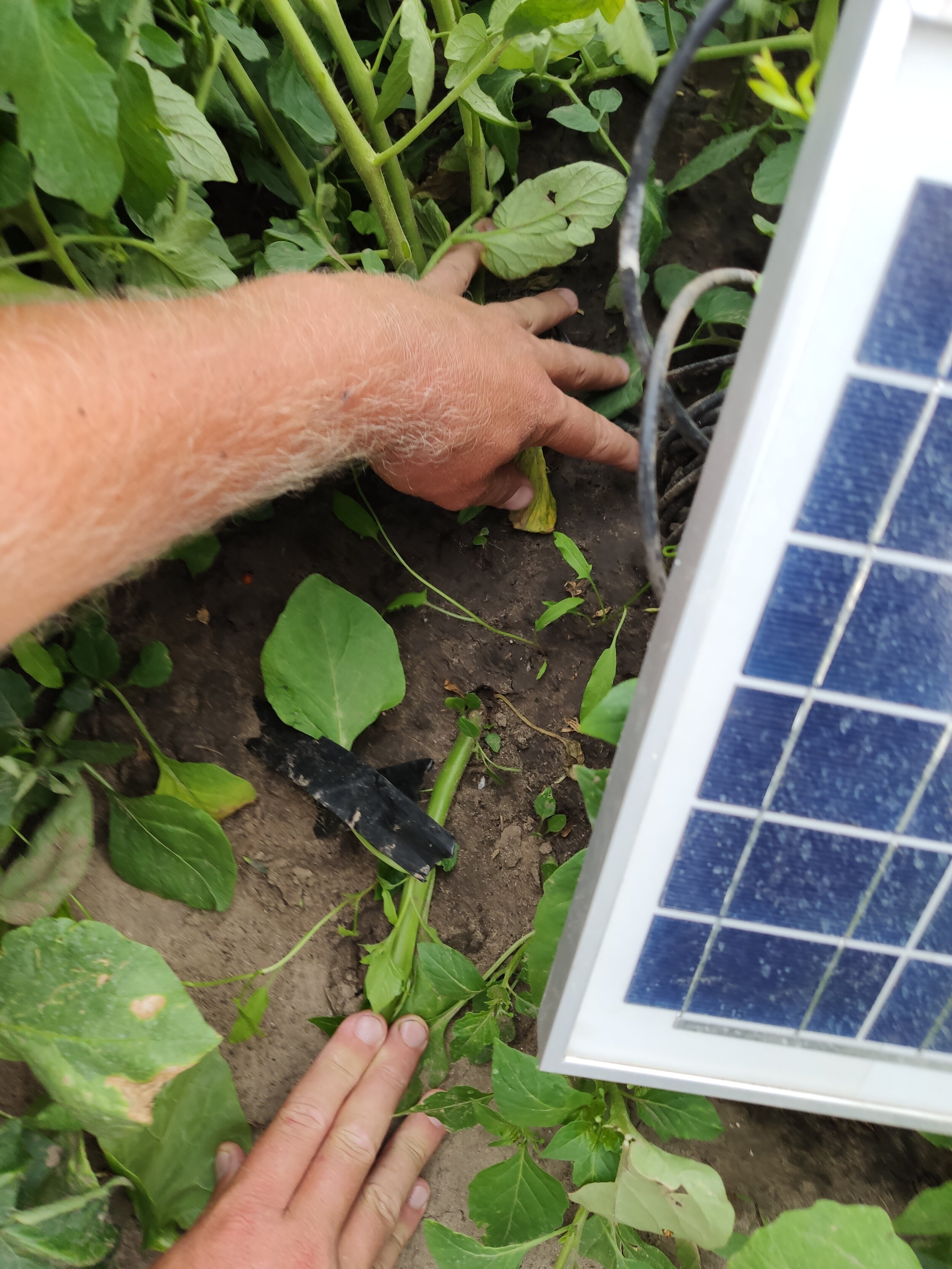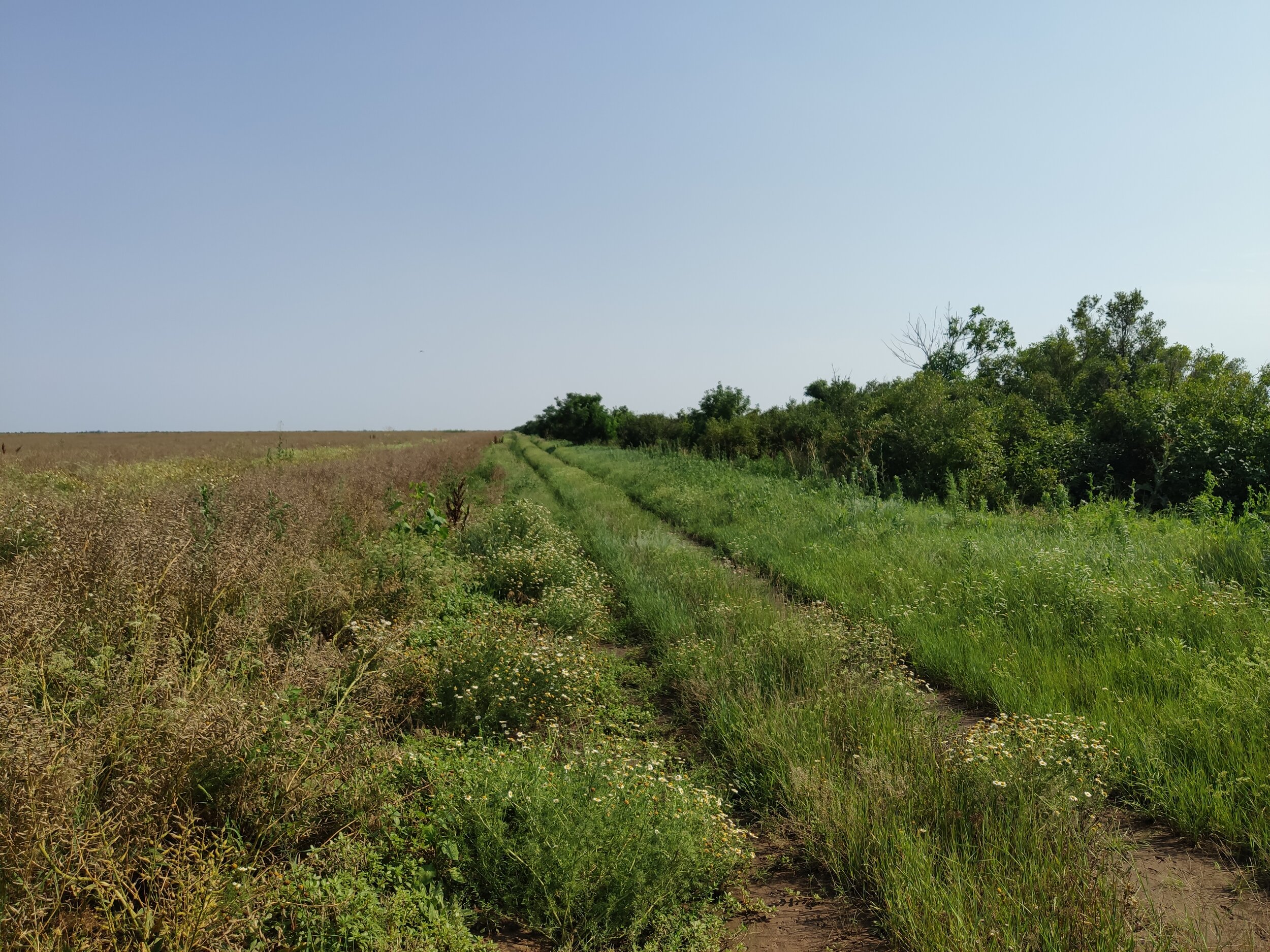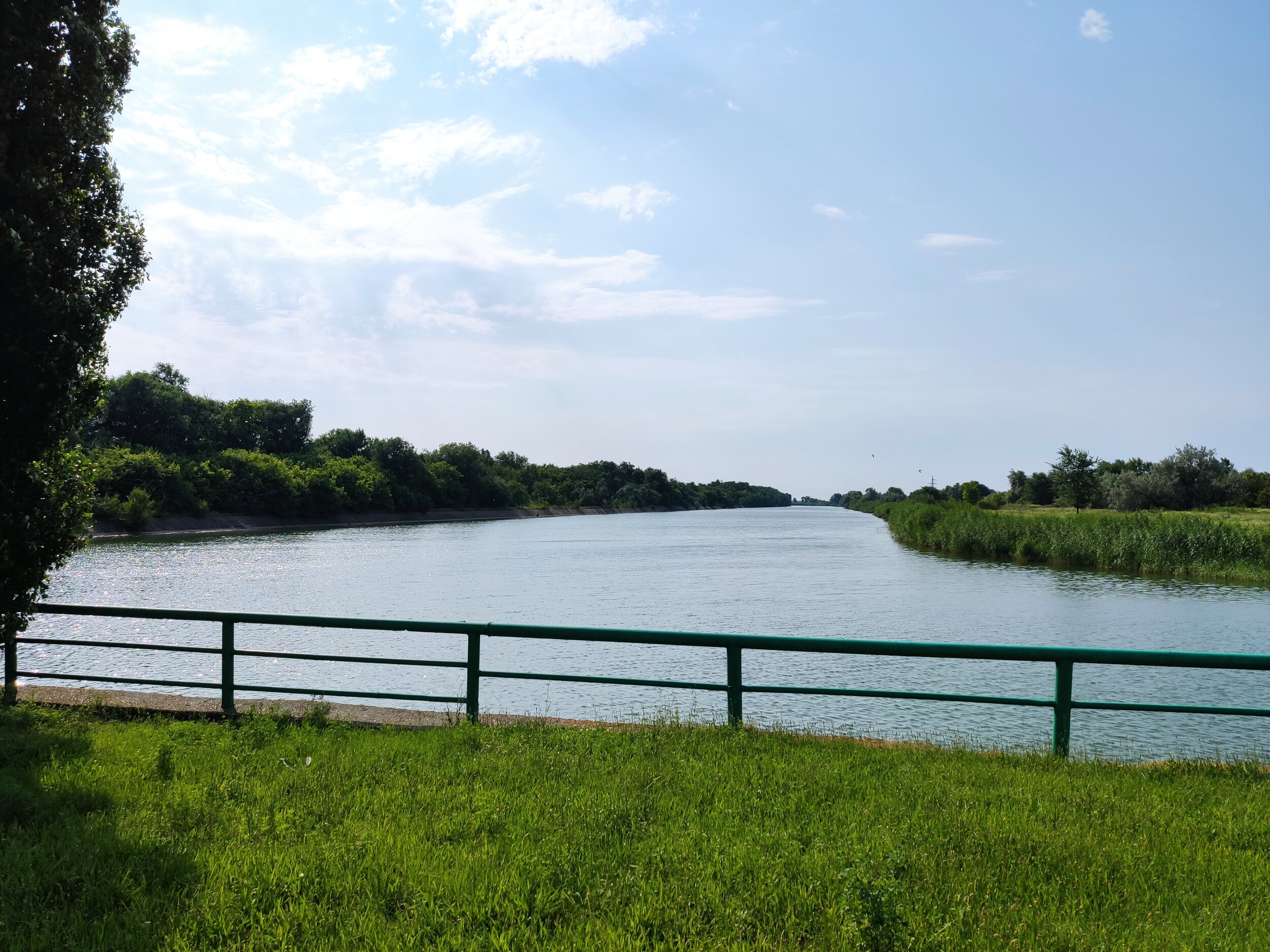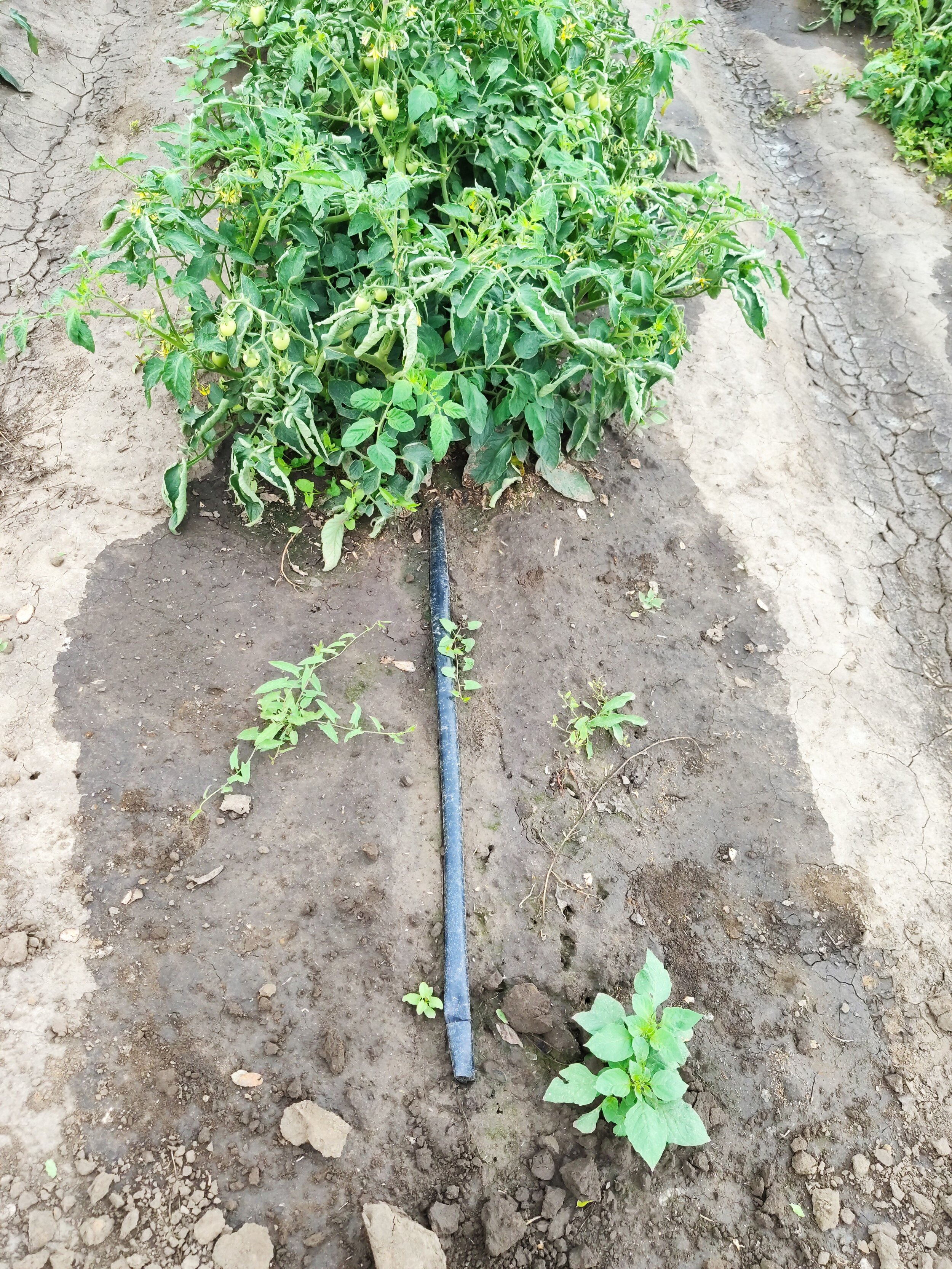Joining Yuriy Kravchenko during a visit to tomato fields in Ukraine
The Sustainable Sourcing Programme for Vegetables, funded by Nestlé and led by Fundación Global Nature (FGN) and the Sustainable Agriculture Network (SAN), has recently expanded into another country: Ukraine. The programme is now delivered in six European countries, including France, Germany, Italy, Spain, Serbia, and Ukraine.
Yuriy Kravchenko, Head of the Soil Science and Soil Conservation department at the National University of Life and Environmental Sciences of Ukraine, is the programme’s new local partner, supporting the implementation of sustainability improvement actions. He will be working closely with INAGRO, Nestlé’s Ukrainian supplier of tomato, that joined the Programme in April, 2021. He will explain in this blog post how his first visit to the tomato supplier went.
Yuriy Kravchenko, sustainability actions implementation expert. (credits: Yuriy Kravchenko)
It is Monday and, after a 580 km train ride from Kyiv, my week starts at INAGRO’s site in Mykolayev. I am welcomed by their regional agronomist, Alexander Lashin, and his team. INAGRO’s technical team is very motivated to implement the improvement measures for the new crop growing campaign. After our introductions and going through the agenda of the day, we move to the field.
Starting the day - meeting the INAGRO team. (credits: Yuriy Kravchenko)
During our first field stop, we discuss the usage of technology to support sustainable crop cultivation. The company has been implementing new technologies to improve the production systems, and by joining Nestle’s Programme they will continue to expand in this area. For the new crop season (2021-2022), the main objective for implementing these new technologies, a combination of meteo-stations and net of sensors, is to analyse weather data to prevent pest infestation in the crop fields and reduce chemicals inputs use.
First field stop (images from left to right): Alexander explains the use of their Meteostations and shows how the sensors are placed in between the tomato plants for optimising predictions. (credits: Yuriy Kravchenko)
The team at INAGRO explains that their main challenge in 2021 has been the enormous quantity of precipitations, causing ponding and over-wetting of soils. These rainfalls were considerably higher than in previous years. The phenomenon has triggered the appearance of the south late blight disease (phytophthoras, blight, mold, bacteriosis) in their organic tomato production. Their conventional tomatoes were in a good state because of plant protection chemical inputs.
So, for their organic tomato growing they will require the Programme’s support for the development of a system to support pest control decision making, by analyzing the types of biotic and abiotic challenges that can affect production to create a model for predicting favorable conditions for pest infections, specially those related to adverse weather events.
After visiting the tomato fields, we continued our journey and I was able to observe their implementation of cover crops and water use.
More impressions from the field visit (from left to right): Cover crops in the tomato-fields support to suppress soil diseases and pests; water is pumped from the Krasnoznam’yans'kiy channel to irrigate the tomato fields (using drip irrigation technique). (credits: Yuriy Kravchenko)
I returned to Kyiv the next day, after a very productive visit, which helped to kick-start a promising looking relationship with INAGRO. My first visit to the field also allowed me to spot some challenges and considerations for the successful implementation of the planned improvement measures.
As part of the next steps, I will be supporting the field team to define the most appropriate actions for the different crop plots. For example, the plots’ soils have a high content of calcium carbonate and some of them are also high in salinity and sodium, so for a successful implementation, I will have to consider this and work closely alongside the technical team of INAGRO.




